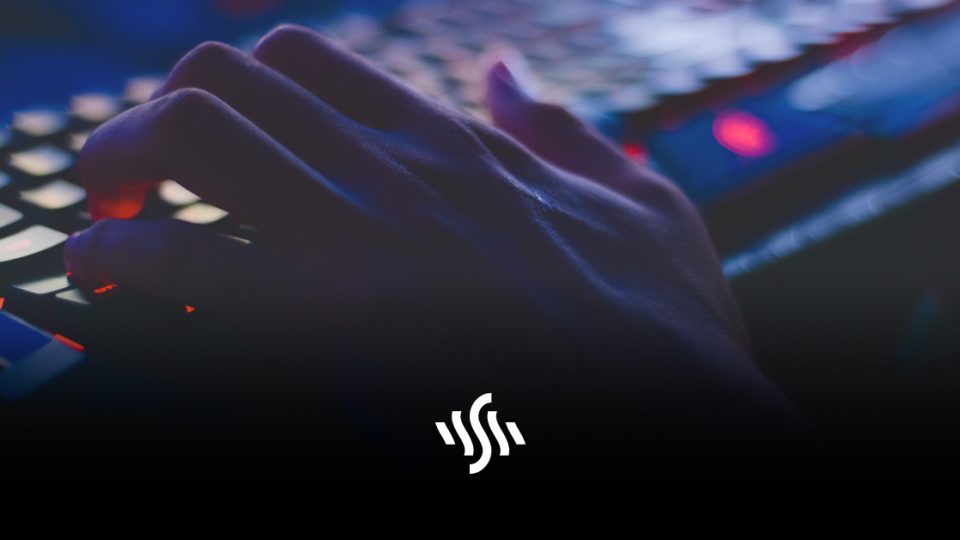What Is a Twitch Raid & Are They Problematic?
A feature on the popular streaming platform was designed for good, but is now part of an abusive issue. What exactly is a Twitch raid, and how have they become a problem?
A favourite of gamers all over the world, Twitch is home to a large community of content creators and streamers. Akin to YouTube, there are popular personalities on the platform who consistently attract swathes of viewers. The spirit of community and supporting one another has been manifested in a feature by Twitch – the Twitch raid.
What Is a Twitch Raid?
Designed to champion other streamers and boost viewers on newer channels, a Twitch raid is a great way to connect and network with other creators. By sharing audiences, broadcasters can help others make a name for themselves and grow their community.
How do they work? As a stream is coming to an end, the broadcaster can use the chat function to send viewers over to another channel’s stream. By typing “/raid” followed by the name of the channel, a 10-second countdown will be initiated. The number of participants is tracked at the top of the chat tracks, and the raid begins once the countdown has depleted, or if the broadcaster hits the Raid Now button.
The moderation of raids falls to the broadcasters of the channel that the raid is sent to. Although intended as a positive experience, negative raids can occur. If an offensive or inappropriate raid is sent to a channel, broadcasters can report the channel which sent the raid their way.
What Is a Hate Raid?
A “hate raid” is when Twitch users abuse the raid feature, and send bots programmed to flood a channel’s chat section with hateful and abusive comments. Since it’s up to the channel owner to moderate their own channels, this, in some instances, can even lead to the targeted channel being banned. This is particularly a problem if the targeted channel is offline and unable to deal with the offensive messages.
Channels on Twitch have the option to add hashtags in order to increase visibility. However, many users have stated that they feel like this acts as a “target on their back”. For example, broadcasters from the LGBTQ community have been targeted with homophobic and discriminatory comments. Speaking to BBC Newsbeat, several streamers revealed they no longer feel safe when streaming, and are disappointed by how little help Twitch has offered to rectify this problem.
Independent streamers have created their own software to protect streamers from hate raids, however it is felt that Twitch, as a multi-billion dollar company, should be the one doing this.
#ADayOffTwitch
To protest the lack of immediate action taken by Twitch to deal with targeted harassment, some streamers boycotted the platform for the day (1st September), using the hashtag #ADayOffTwitch. The hashtag #DoBetterTwitch had already been in rotation as a reaction to Twitch’s slow response to abusive behaviour. By going dark for the day, streamers hoped to grab the site’s attention, and had compiled a list of demands. One notable request is for streamers to have the option to allow or deny incoming raids, avoiding sudden flooding of their channel.
Responding to TechCrunch when asked if it had plans to address these demands, Twitch said:
“We support our streamers’ rights to express themselves and bring attention to important issues across our service. No one should have to experience malicious and hateful attacks based on who they are or what they stand for, and we are working hard on improved channel-level ban evasion detection and additional account improvements to help make Twitch a safer place for creators.”
A dominant player in the streaming space, it feels like an incredibly important time for Twitch to take thoughtful and effective action. In order to help broadcasters feel safe, happy, and cared for, the service will need to act fast.
